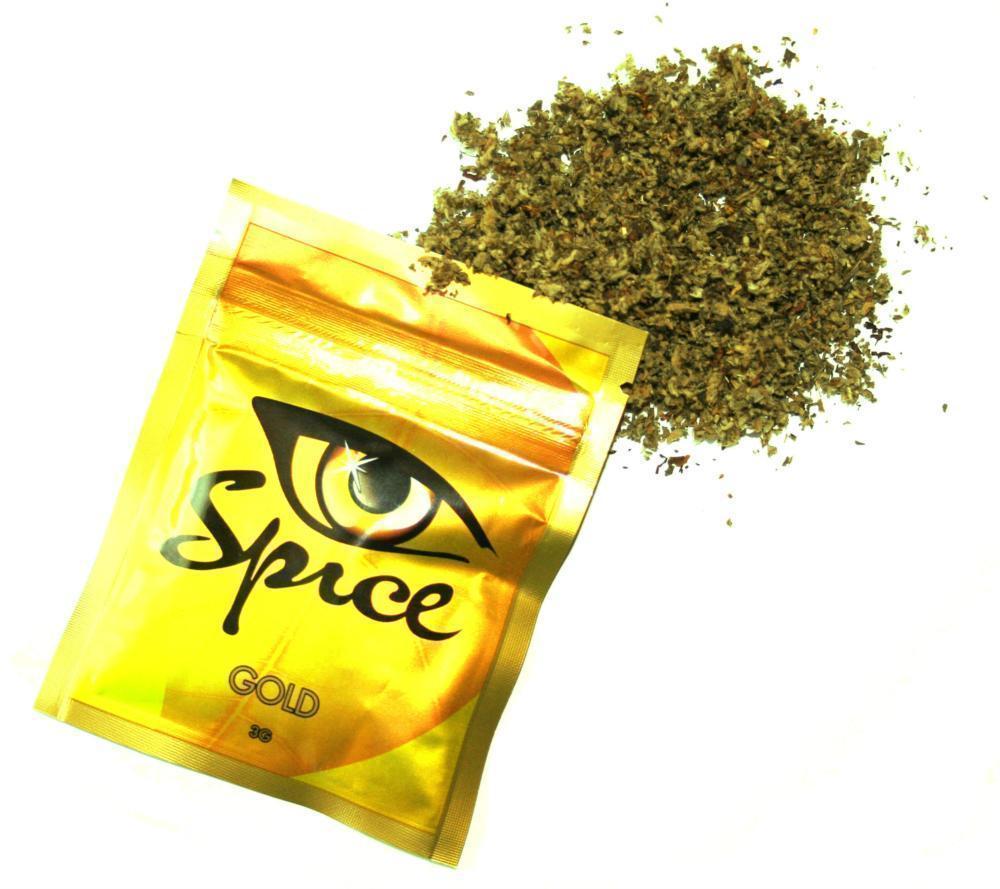Megan Brooks ~ MedScape ~
Calls to poison control centers in the United States related to synthetic marijuana spiked in April, and May could be a record month as well, according to the American Association of Poison Control Centers (AAPCC)
~
Between January 1, 2015, and May 6, 2015, poison control centers received reports of 2714 exposures to synthetic marijuana. There were 359 reported exposures in January, 273 in February, and 269 in March. The number jumped to 1512 cases in April; for May, there have been 301 cases as of May 6.
"Our research shows that people are playing Russian roulette with their lives, because only the chemist creating the synthetic cannabinoid really knows what is in it," Eric Wish, PhD, director of the Coordinating Center for the National Institute on Drug Abuse?funded National Drug Early Warning System, located at the University of Maryland, in College Park, said in the AAPCC release. "We have found very different metabolites in different sites across the country, and even in the same site over time."
Readily Available
Synthetic marijuana products are readily available and are sold under a variety of brand names, including Spice, K2, and Black Mamba. They are a mixture of dried herbs and spices sprayed with chemicals that, when smoked, create a high that is designed to mimic the effects of tetrahydrocannabinol (THC), the active ingredient in marijuana.
Marketed as a "legal high," synthetic marijuana can cause dangerous health effects, including severe agitation, anxiety, nausea, vomiting, racing heartbeat, elevated blood pressure, tremors, seizures, hallucinations, paranoid behavior, unresponsiveness, and even death. Regular use of the drug can result in withdrawal symptoms, the AAPCC notes on its website.
"We're greatly concerned by the rise in calls to poison centers regarding synthetic cannabinoids," said Amy Wolkin, MSPH, chief of the CDC's Health Studies Branch, in an AAPCC news release. "The perception that these drugs are harmless is dangerous. People and hospitals need to be aware of the potential harm they can do."
Growing Public Health Threat
The harmful effects from synthetic marijuana products were first reported in the United States in 2009. Since then, the drugs have spread throughout the country. Poison centers received 2668 calls about exposures to these drugs in 2013; there were 3680 exposures in 2014, according to the AAPCC. The term "exposure" refers to someone's having had contact with the substance in some way, for example, by ingestion, inhalation, or absorption by the skin or eyes. Not all exposures result in poisonings or overdoses.
Synthetic marijuana is a "national problem," the AAPCC warns.
Last year, as reported by Medscape Medical News, the Substance Abuse and Mental Health Services Administration (SAMHSA) reported that the number of emergency department visits involving synthetic cannabinoids more than doubled in 1 year, from 11,406 in 2010 to 28,531 in 2011.
"Synthetic cannabinoids are a growing public health risk





